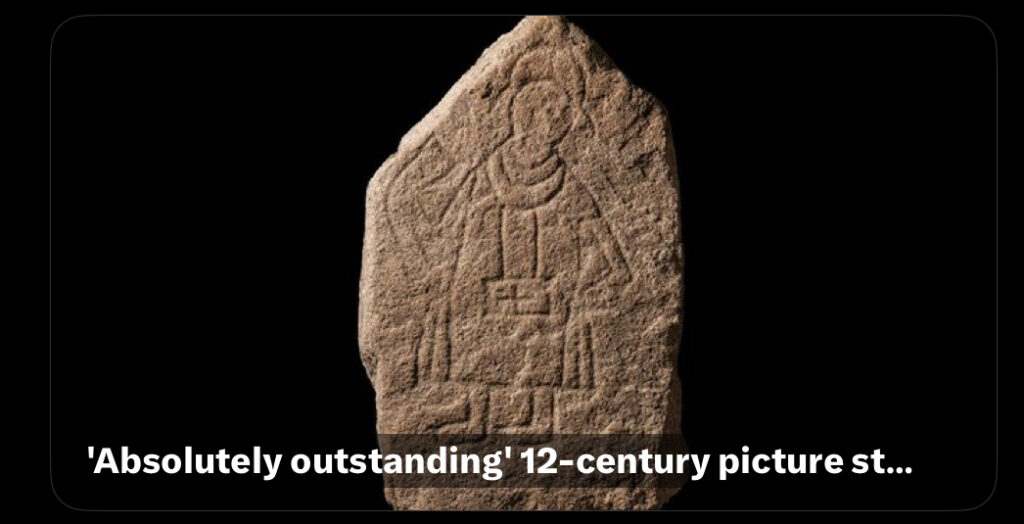Man finds ancient Christian relic while doing home construction project
(Daily Caller News Foundation) – A man from Germany stumbled upon what appears to be an ancient Christian relic in August while doing a home construction project.
A 3-foot-long stone tablet…

(Daily Caller News Foundation) – A man from Germany stumbled upon what appears to be an ancient Christian relic in August while doing a home construction project.
A 3-foot-long stone tablet from the 12th century, believed to depict a Christian bishop who visited the region some 800 years ago, was uncovered by a man in the Pomerania region of Germany, according to Live Science. Known as a “picture stone” (“bildstein” in German), the piece was found by homeowner Peter Wittenberg as he moved soil from around the foundation of his home.
The find was hailed as a “sensation” as only about 20 other picture stones are known to exist, state archaeologist Detlef Jansen told the outlet. It’s believed the stone depicts Otto of Bamberg, who lived between 1060 and 1139, serving as a bishop to royalty and a missionary throughout the Pomerania region of Germany and Poland.
“Whether the bildstein is showing Otto or not: This is an absolutely outstanding find, that leads us back to the time when Christian religion first came to Pomerania, brought by Otto, who is at the same time famous for his success to negotiate peace between the Polish duke and the Pomeranian nobility,” Jansen noted.
The bishop is depicted in an upright position, wearing a cap, shawl, short robe, and possibly shoes. “In its right hand the person is bearing something that looks like a banner. The face is not depicted in detail, but the eyes are clearly visible and maybe the hair is protruding from under the cap,” Jansen added.
What makes the piece extremely unique is the carving of a cross at the “loose hanging end of the shawl.” It is the only known picture stone to show a cross. Jansen believes the shawl and cross are a pallium — a type of religious clothing worn at the time by very important church leaders.
The purpose of the stone is unknown to archaeologists. To me, it seems pretty obvious: it’s art.



